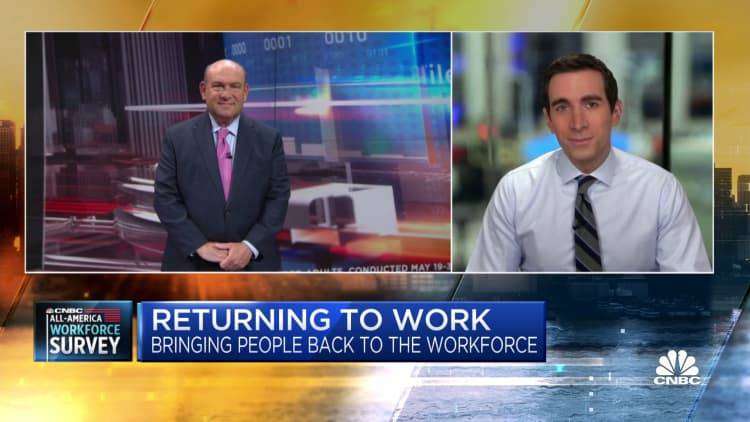Many people who have turned to Social Security for help in recent years have found long waits for service.
The pandemic made those delays worse. But the issue actually dates back to before the onset of Covid-19.
Congress has cut Social Security's core operating budget by 17% since 2010, after adjusting for inflation, according to recent research from the Center on Budget on Policy Priorities.
More from Personal Finance:
'You're on hold forever.' Social Security applicants face long waits
Sanders, Warren propose lifting Social Security benefits by $2,400 per year
How to fight a higher than expected property tax bill
The losses forced the federal agency to close field offices and reduce its staff, which contributed to the longer waits.
Today, Social Security has more than 1,200 field offices, which reopened in April after they were mostly closed to in-office visits due to the pandemic. In 2021, the federal agency fielded 31 million calls.
States most hurt by Social Security staffing cuts
Some states have been more affected by those budget cuts than others, the Center on Budget and Policy Priorities found.
Social Security's staff was reduced by 15% between 2010 and 2021. Ten states lost more than 20% of their Social Security staff since 2010. They include Alaska, Indiana, Iowa, Kansas, Louisiana, Ohio, Virginia, Washington, West Virginia and Wisconsin.
Four states — Alaska, Iowa, Virginia and West Virginia — lost more than 25%. The same goes for Puerto Rico.
The agency's Disability Determination Service employees, who decide whether people qualify for either disability or Supplemental Security Income (SSI) benefits, shrank by 16% between 2010 and 2021. Eight states lost more than 30% of their DDS staff, according to the Center on Budget and Policy Priorities. The states most affected are Georgia, Illinois, Kansas, Montana, South Carolina, Tennessee, Texas and West Virginia.
High turnover, budget cuts hamper service
Repairing gaps in the federal agency's services largely comes down to funding, according to Kathleen Romig, director of Social Security and disability policy at the Center on Budget and Policy Priorities.
"The agency, because it's been so hamstrung by budget cuts, isn't able to really plan effectively," Romig said.
One consequence of that is hiring freezes that have continued on and off throughout the past decade — including now, she said.

High turnover at the agency has only exacerbated those issues.
"When you see how much staffing has been reduced, it makes sense it's taking a lot longer to pick up the phone, [and] it's taking a lot longer to process a disability," Romig said.
The effects of the service delays are far reaching, she said, as even people who aren't beneficiaries rely on Social Security for routine services such as getting new or replacement Social Security cards and name changes when they get married.
"SSA has been underfunded for too long," Grace Kim, deputy commissioner for operations at the Social Security Administration, said during testimony at a May Congressional hearing on the issue.
"Without an adequate level of funding, we will not be able to continue our level of service or improve service to the level that really I would want to see us be able to deliver to the public," she said.
By increasing the amount of funding designated to the agency, that could help it replace and train new staff and invest in technology to help reduce the amount of paperwork it deals with, according to Kim.
Correction: This story has been corrected to properly align entries in a chart.


